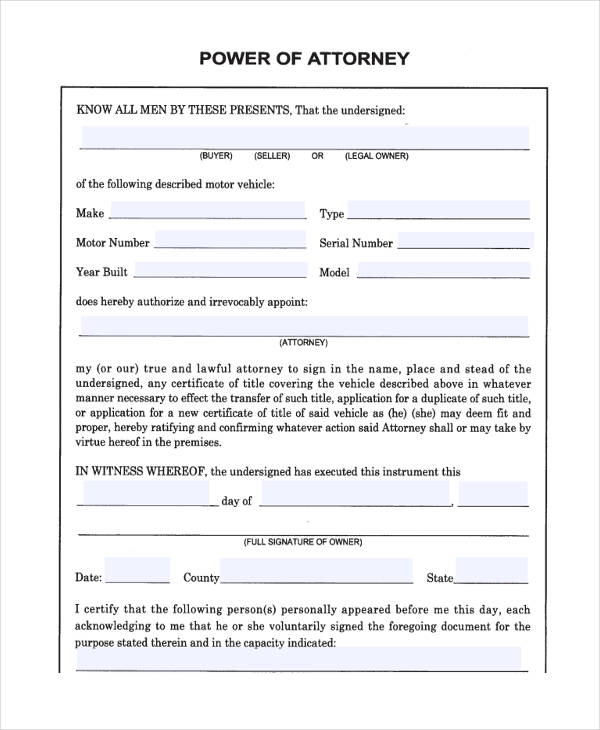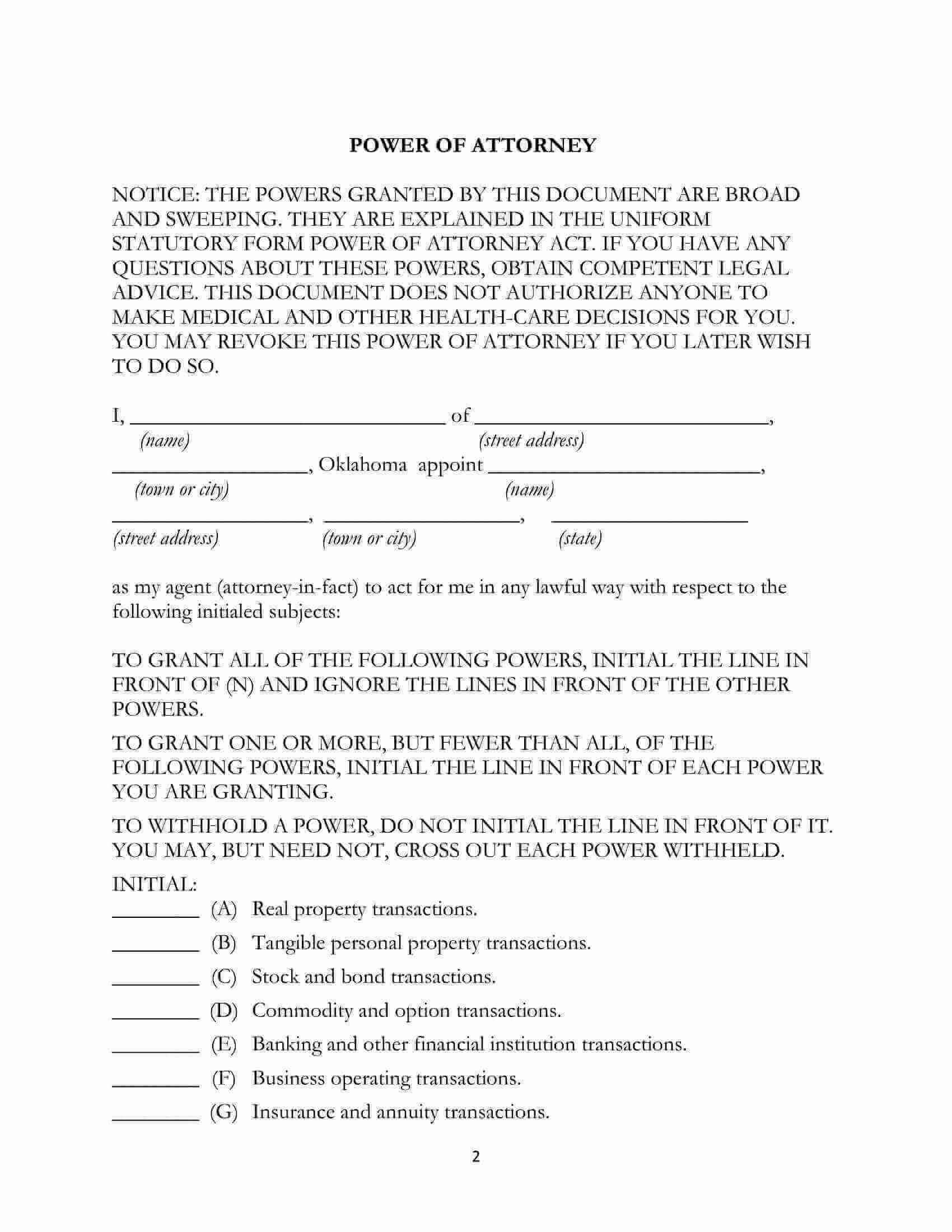5 Steps to Simplify Your POA Paperwork Process

Power of Attorney (POA) is a legal document that grants someone the authority to act on your behalf in various personal or financial matters. Whether you're planning for potential incapacitation or simply need a representative, understanding and organizing the POA paperwork is essential. This guide will walk you through five critical steps to streamline your POA process, making it less daunting and more efficient.
Step 1: Understand the Types of Power of Attorney

Before you start any paperwork, it’s crucial to understand the different types of POA:
- Durable POA: Continues to be effective even if you become incapacitated.
- General POA: Grants broad powers over your financial affairs.
- Medical POA: Allows someone to make health care decisions for you.
- Springing POA: Becomes effective upon a certain event, like incapacitation.
- Limited or Specific POA: Limits the scope of authority to specific acts.
📝 Note: Each type has specific uses and legal implications, so choose one that aligns with your needs and ensures your agent’s actions are in line with your wishes.

Step 2: Select Your Agent

Choosing the right agent is pivotal:
- Trust is fundamental; this person will act in your best interest.
- Ensure they are willing and able to take on the responsibility.
- Consider a successor agent in case your first choice cannot serve.
- Discuss your wishes and expectations with the potential agent.
💡 Note: Always name an alternate agent in your POA document to prevent any delay in decision-making if your primary agent is unavailable.
Step 3: Document Preparation

To prepare your POA document:
- Get the Template: Obtain a state-specific POA form or consult with a lawyer to create a custom document.
- Complete the Form: Fill in all required fields. Be precise about the powers granted and any limitations.
- Legal Review: Consider having an attorney review to ensure compliance with local laws.
🔍 Note: While templates can be helpful, personalized legal advice ensures all aspects of your POA are correctly addressed.
| Information to Include | Why It's Important |
|---|---|
| Your Name | Clearly identifies you as the principal. |
| Agent's Information | Ensures they can legally act on your behalf. |
| Powers Granted | Defines the scope of authority. |
| Expiration Date | Provides clarity on when the POA ends. |

Step 4: Sign and Notarize

Proper execution of the POA involves:
- Signatures: Both you (the principal) and your agent must sign the document.
- Witnesses: Some states require witnesses; this adds credibility.
- Notarization: Many states mandate notarization for the POA to be valid.
📋 Note: Notarization provides an additional layer of authenticity, reducing the chances of the document being challenged in court.
Step 5: Distribution and Storage

To ensure your POA is actionable:
- Notify Necessary Parties: Inform financial institutions, health care providers, and other relevant entities about the POA.
- Keep Multiple Copies: Store originals in safe places and provide copies to your agent, attorney, and a trusted family member.
- Update Regularly: Review and possibly update your POA if there are changes in your life circumstances or agent’s availability.
🗃️ Note: It’s wise to keep your POA in a secure yet accessible place, like a safe deposit box with joint access or a secure digital storage system.
By following these steps, you can ensure your Power of Attorney paperwork is completed, understood, and will stand the test of time, providing peace of mind to you and your loved ones. Remember, this document can be pivotal in times of need, ensuring your affairs are managed as you wish even if you're unable to do so yourself.
What is the difference between a general and durable POA?

+
A general POA ends when the principal becomes incapacitated, whereas a durable POA continues to be effective even if the principal loses mental capacity. This makes the durable POA more common for long-term planning.
Can I change my agent after creating a POA?

+
Yes, you can revoke or amend your POA at any time as long as you are of sound mind. You would need to create a new POA document or formally revoke the existing one.
How long does a POA last?

+
A POA can last for the duration specified in the document, or until it’s revoked, the principal dies, or becomes incapacitated (for non-durable POA). It’s crucial to indicate any expiration date explicitly.